
Tendaiji Temple: The Birthplace of Joboji Lacquerware
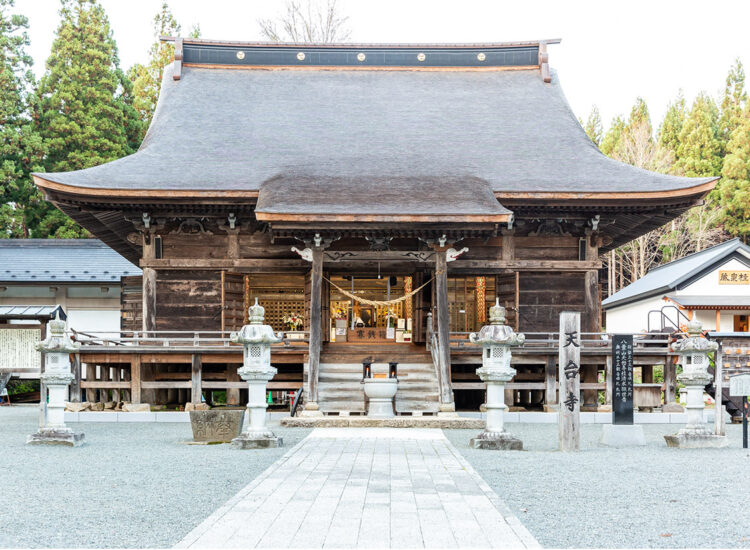
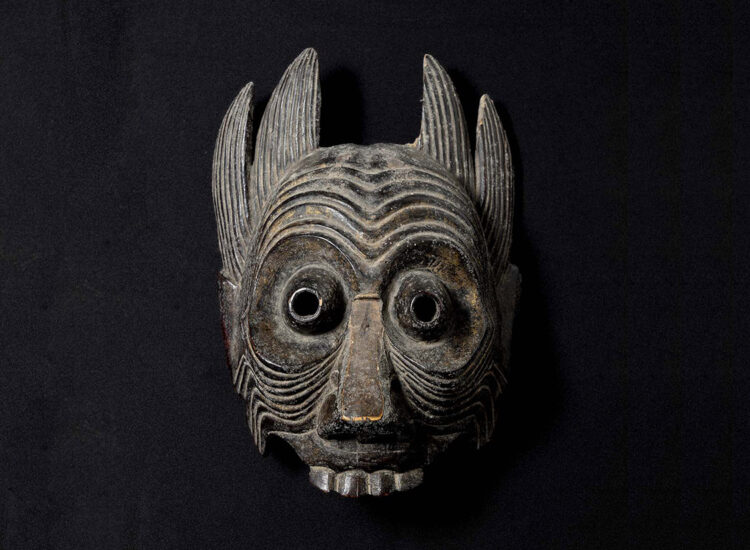
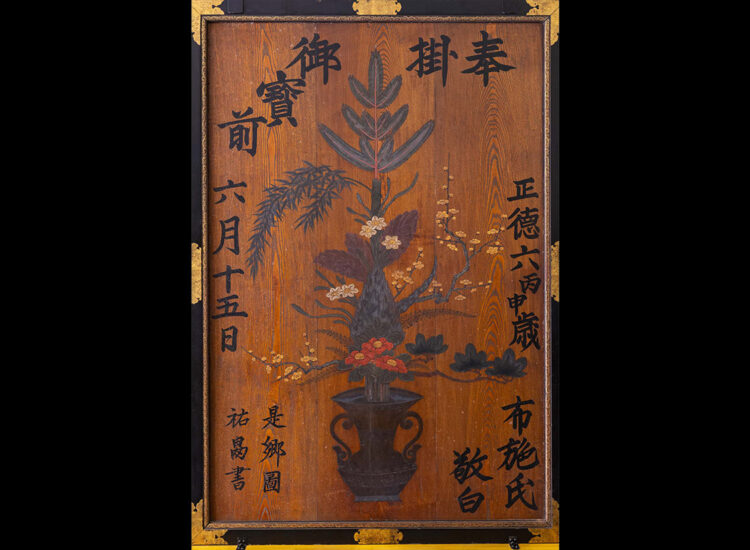
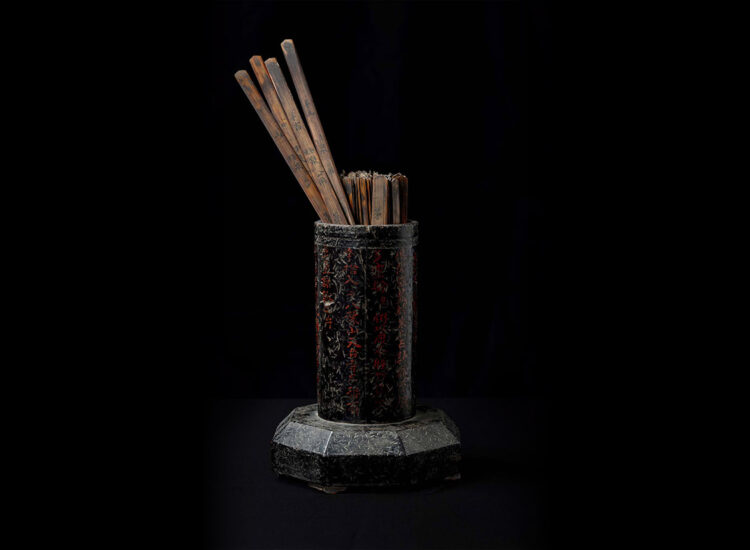
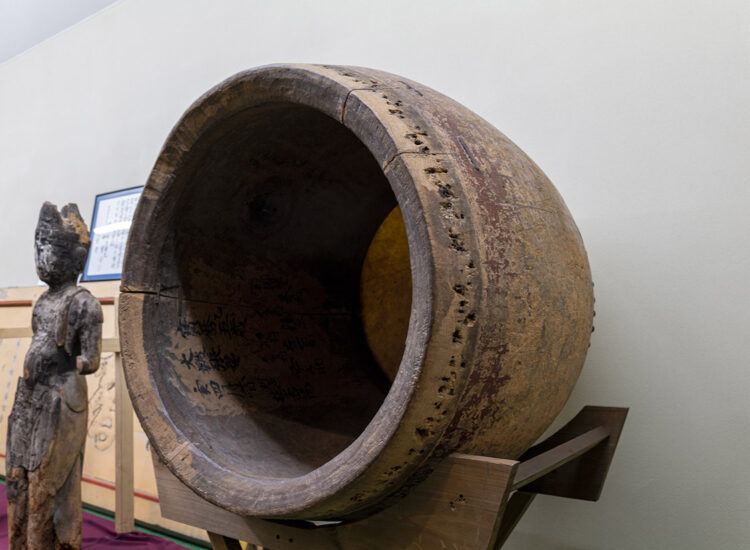
Tendaiji Temple, one of the oldest temples in the Tohoku region, is said to have been founded by Gyoki, a famous Japanese Buddhist monk, about 1,200 years ago. There are still many parts of its history that remain unexplained, and it has been passed down as a temple with hidden mysteries.
The current main hall was built in 1658 under the patronage of the Morioka Domain lord. The main hall is also called the Gokendo, and it houses a large altar decorated with black lacquer, vermilion lacquer, and gorgeous gold ornaments. Along with Nio-mon Gate, it is highly regarded as an important architecture of esoteric Buddhism in the early Edo period (1603-1868). From 2013 to 2020, the temple underwent a major renovation and was brought back to its original state.
The author and monk Jakucho Setouchi, who passed away on November 9, 2021, served as the head monk of Tendaiji Temple from 1987 to 2005 and was instrumental in its restoration. Her outdoor sermons, which started the year she came to Tendaiji, attracted many visitors from across the country and helped the temple gain recognition. Jakucho brought hydrangea plants from Kyoto and planted them on the temple grounds. Each year, the number of hydrangeas planted has increased, and now there are more than 4,000 hydrangea plants on the premises. Every year in July, the hydrangeas are in full bloom and are a delight to the eyes of visitors.
It is said that Joboji Lacquerware was made by the monks of Tendaiji Temple and the use of lacquerware spread among the local people, but there is no proof of this. However, in 1887, Mr. Suga, a lacquer painter in Joboji where Tendaiji Temple is located, submitted a closure notification for his lacquer painting business, which suggests lacquerware was made here until at least 1887. The relationship between the temple and lacquerware is deep, and there are many valuable artifacts left here, including the Buddhist altar in the main hall, Noh masks (10 masks of 8 different types) made in the Kamakura period (1185¬-1333) and Muromachi period (1333-1573), a Nishaku-han drum with a repair inscription from the Nanboku-cho period (1336-1573), Kannon lottery tickets, which are said to have been popular fortune slips in the Muromachi era, as well as a large lacquered votive picture of a horse called Urushi-e Rikka-zu, which was made of zelkova wood.
If you visit the Joboji History and Folklore Museum along with your visit to the temple, you will learn about the important connection between Joboji Lacquerware and Tendaiji Temple since ancient times.
Photo provided by Ninohe City
- Previous
- Audio Guide List
-
No Next post
